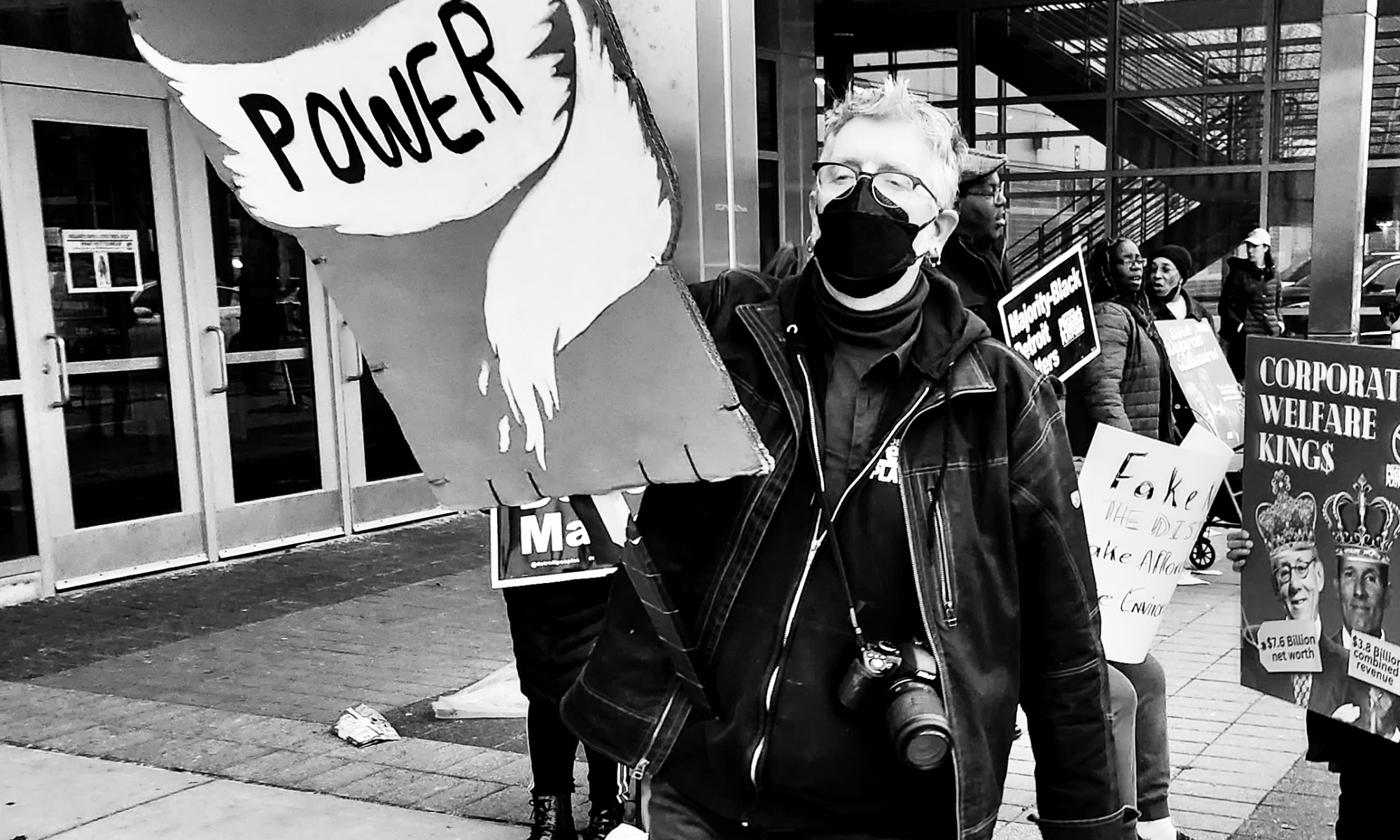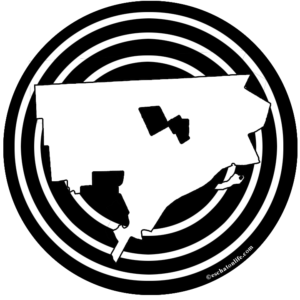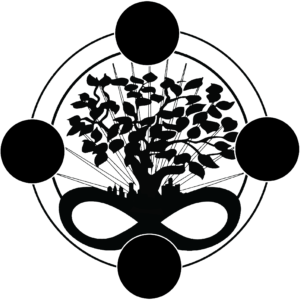
Moving Meditation Workshop:
Soul in the Machine
This was created in 2011 and was supposed to be included in a workshop at the AMC that year, but time was challenged and we only discussed it briefly. 23.
A series of guided journeys that explore the relationship between humans and “smart” technology/media. Based on B. Fuller’s conception of Energy Slaves. This explores environmental justice/digital justice/undoing racism issues through the creation of a personal strategy and “tools” to respectfully, mindfully and more intuitively connect, not only with our technology, but also with the world around us. Includes Yoga specific to unplugging from technology, reclaiming our senses, undo aggressive ergonomic design.
Background
I tend to relate to software and applications more intuitively if I interact with them as though they were sentient tools. With that in mind, I want to share a concept that I’ve been working with since I was tuned into it by FIRST EARTH-Uncompromising Ecological Architecture. <http://www.youtube.com/watch?v=DuDkfuziZiI> I submit this as a point of sharing more with the group and for accountability sake. While I find this to be a valuable tool in reframing, I know others could take it in very differently.
I’ve been meditating on the Buckminsterfullerene expression of Energy Slaves and have been “trying it on” as a respectful and just frame for my interaction with technology and resources. You can read extensively about it at the Encyclopedia of Human Thermodynamics site <http://www.eoht.info/page/Energy+slave> but here are a few quick quotes from the site.
“In culture, an energy slave is an abstract conception referring to the technologic-mechanical energyequivalent that a healthy human youth could do. [1] The lifestyle of any person, in this logic, can be equated with a certain number of “energy slaves” equivalent to the number of human laborers required, measured in human labor power energy units, to mediate that person’s way of life. The term was coined by American energy philosopher Buckminster Fuller in about 1944. [2] Fuller proposed the term based on the average output of a hard-working man doing 150,000 foot-pounds of work per day and working 250-days per year.”
“In 1987 commentary on Fullers energy slave theory, author Stephen Boyden commented that “in the USA, the daily use per capita of energy is around 1000 MJ; that is, each person has the equivalent of 100 energy slaves working 24 hours a day for him or for her…. In some developing countries, the rate of energy use is less than the equivalent of one energy slave per person.” [8]”
This Energy Slave abstraction is helping to inspire within me a greater awareness of just how powerful these tools are, and most importantly, that they exist due to blatant and organized violation of the Earth. I share this as I feel it has the potential to become an important part of navigating my environmental justice work while utilizing resource and soul depleting technologies and platforms.
Workshop Learning and Practice.
These can be offered as breakouts or be imbedded within an agenda
- Learning Circle – Energy Slaves using the information above.
- Practice – Eye Health Exercises
- Tool share – Deprogramming Apps
- Practice – Undoing Aggressive Ergonomic Yoga Asanas (seated or floor)
©EschatonLife



 1/29/11 6:01 PM
1/29/11 6:01 PM